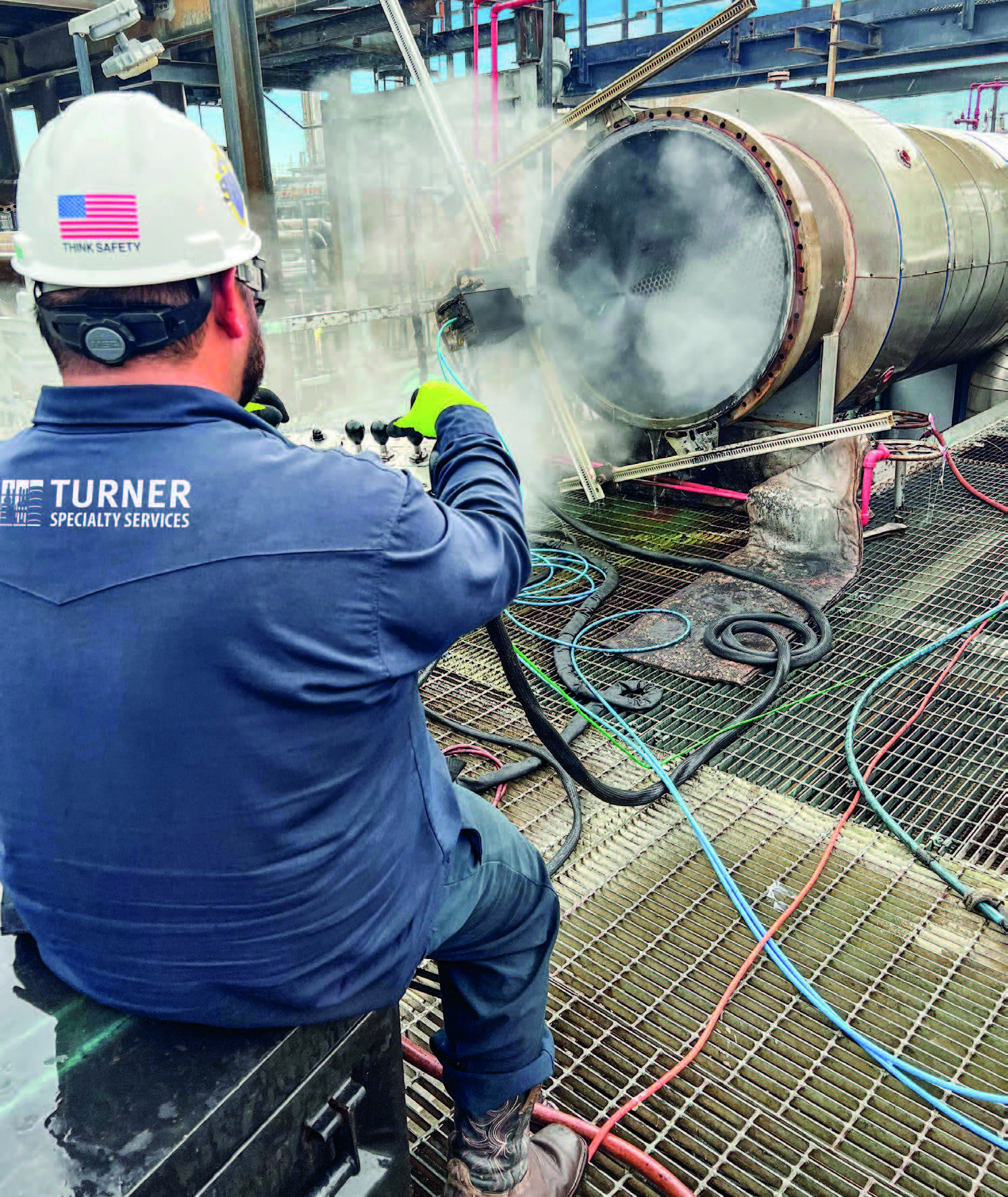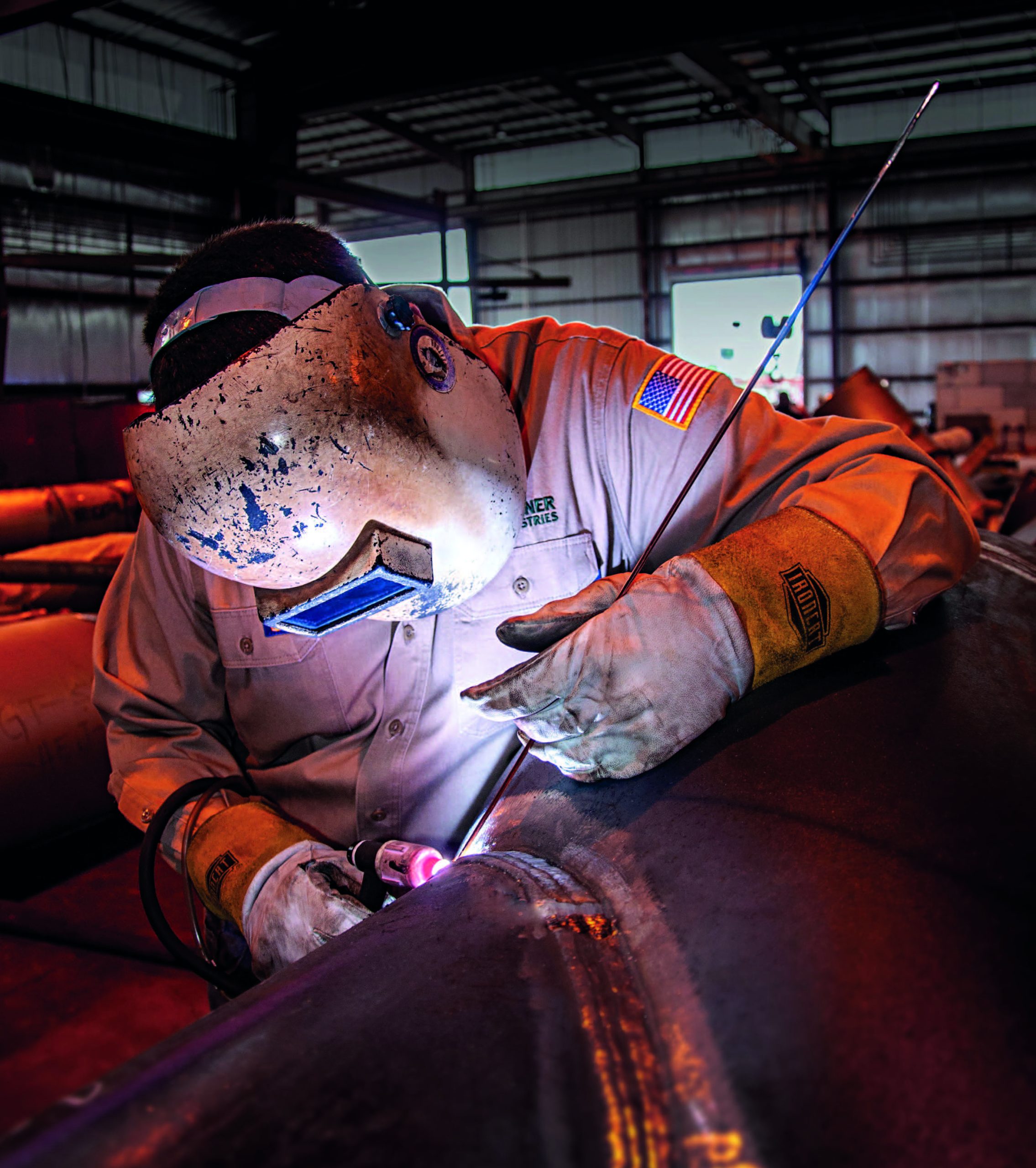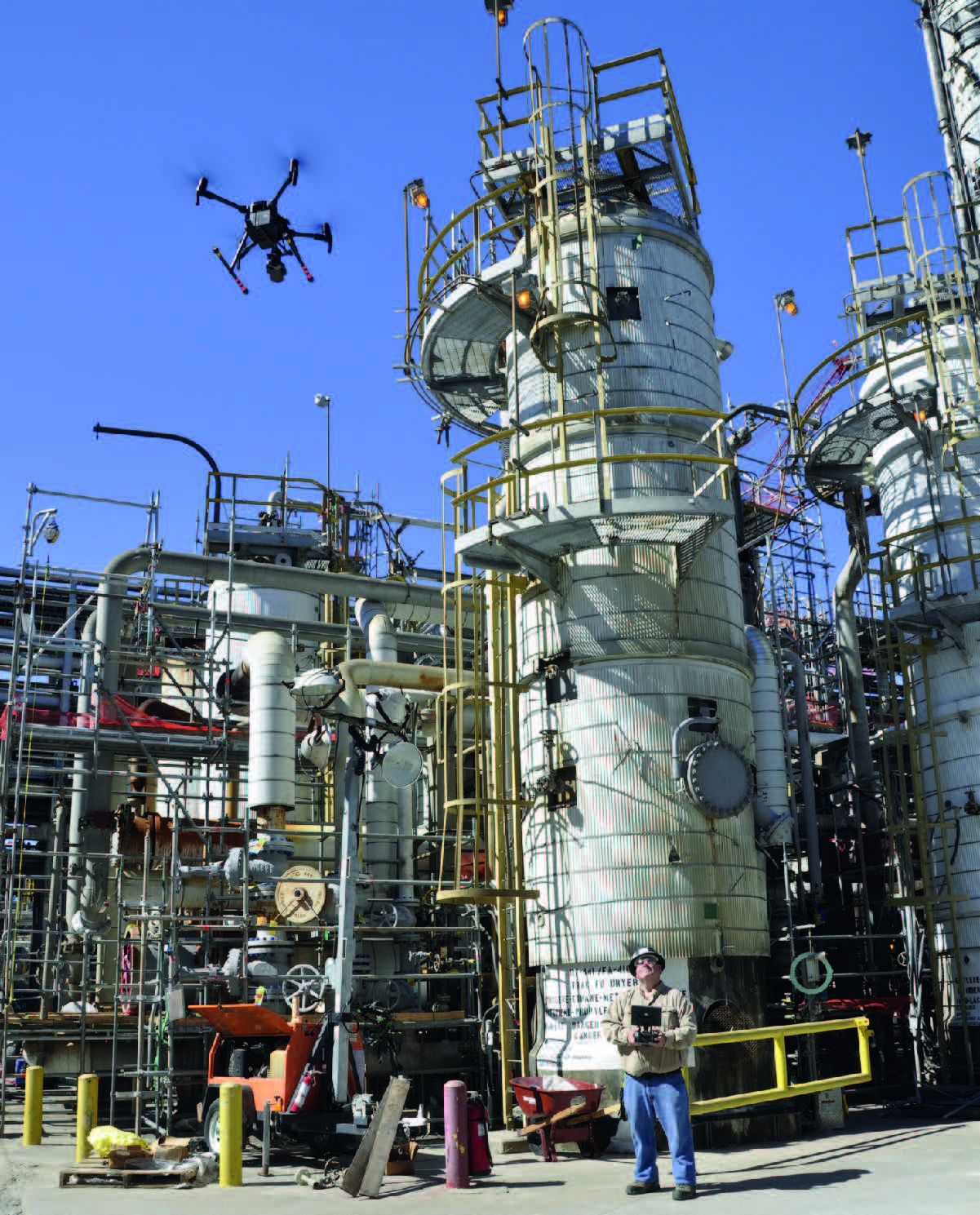As a Senior Business Development Manager at Turner Industries, based in Pasadena, Texas, Sinitiere is deeply rooted in the action of the oil and gas sector, offering vital support across a spectrum of services, including civil and mechanical construction, fabrication, and specialized maintenance.
Stainless Steel World Americas had the pleasure of speaking with Doug Sinitiere, as he discussed his day-to-day operations but also extends his expertise on navigating the intricate web of projects shaping the industry’s future. With a wealth of experience spanning downstream operations, biofuels, and offshore wind ventures, Sinitiere embodies the multifaceted nature of modern energy endeavors.
By KCI Editorial
Doug Sinitiere is a Senior Business Development Manager at Turner Industries and is based out of Pasadena, Texas, providing support for Turner’s services, including civil and mechanical construction; fabrication; and scaffolding, insulation, painting, and abatement (SIPA). Sinitiere witnesses the energy industry in transition. “It is a really interesting time because you have traditional energy as well as some of the nuances happening in the industry,” he said.
Providing Support
Turner is an expert provider of nested services. “My day to day is supporting our alliance clients, as well as new opportunities. I work hand in hand with our operations team,” explained Sinitiere. His sales area extends to mechanical repair, welding, and cleaning heat exchangers. SIPA applies to this work as well. “Inspection in some cases, and then when the equipment is brought out to site, either in a kit or standalone, we would set it on a foundation. We handle the equipment and various aspects of the turnaround.”

Turner Industries’ more than 60 years of expertise runs the full scope and includes heavy industrial construction; maintenance; turnarounds; pipe and module fabrication; equipment, rigging and specialized transportation; and associated specialty services. As soft craft service providers, they embed themselves in companies as a sole-source contact, offering SIPA as a bundled service to clients. “When we are nested on a site, we would typically have folks there who support the operations team. This varies in terms of the task at hand and the needs of the client.”
Projects on the Go
Currently, Sinitiere is involved in downstream operations where transitions in the industry are taking shape. “Many of these projects are located in areas along the Gulf Coast. There is a lot of work happening within the modification of existing refining footprints to maintain the ones that are still around. Alternatively, some are taking part in the transition to utilize alternate fuels.”
Sinitiere’s involvement in projects is seemingly never-ending, including his contribution of experience in biofuels, civil engineering, and commissioning. “The Gulf Coast has a significant quantity of petrochemical projects that are currently underway. These are smaller add-ons or specialty chemicals. We see a lot of specialty chemical projects going all the way up to big mega projects tied into ethylene crackers or debottlenecking projects.”
“We are currently working on a project that is in the offshore wind realm. There is potential to dive more into that. There is a lot of discussion around projects such as hydrogen infrastructure and development, and carbon capture. We work on various projects involving the energy producers you see on the Gulf Coast. In addition to performing hands-on tasks, we collaborate with operators and engineers to validate projects and assess their commercial viability.”

Key Drivers and Avenues
“Turner has a 60-plus-year history. So, our customers lean on us for our experience and come to us to provide recommendations for equipment,” said Sinitiere.
The vetting process does not stop there. Sinitiere said they look at “companies that have some added value, technology, or automation.
“We partake in a lot of automating and digitalization where we can.” He explained that digitalization and automating processes are slowly but surely becoming more prominent in the industry, but overall, it needs to happen faster. “Many industry experts have experience but have not adapted to the newer applications.”
Sinitiere said that site turnaround and maintenance areas tend to move at a swifter tempo. He also conceded that capital projects sometimes require a lengthier time commitment. Project processes can sometimes resemble the gathering of newly found puzzle pieces because nobody can afford the luxury of rigidity. “You have equipment available; we have people available,” Sinitiere explained. “It boils down to looking at the sequencing and timing because sometimes the equipment or materials are out of the control of someone they are relying on.” Sinitiere experienced this when he previously worked in coatings. “You had to manage the use of raw materials.”

He is optimistic that things are moving in a more positive direction as people are now willing to read the market with a more realistic eye. The supply chain is still skittish; people are not taking for granted that what they need will be available immediately. Sinitiere believes predictability is another key driver because recognizing what is occurring upstream will provide indications of what to expect from the subsequent process.

Populating Energy’s Future
The knowledge gap is an issue that is consistent across the industry. “There is a growing amount of infrastructure that we need to build or maintain, and because of the gap in the industry, there is less expertise, when previously there was the expertise of 20, 30, or 40 years in some cases,” said Sinitiere.
He acknowledged that the industry needs to be more proactive in recruiting and retaining more people. “We have a lot of good ideas for moving forward, including training and apprentice programs, but it can be hard to implement them in a lot of cases because day to day everything is urgent.”
Sinitiere, like most industry experts, knows what needs to happen to retain new individuals. “We have to slow down in terms of when we get somebody in, really onboard them, train them well for a while, and make sure that we provide them with as much information as we can. We must keep getting better at that.” Better late than never, the industry is attempting to increase its presence. “We have constantly evolving workforce development programs. We continue to go into schools earlier to help guide future graduates toward the right path.”
Eager students have the opportunity to introduce fresh perspectives and innovative ideas to established mindsets. “We need to continue to adapt,” said Sinitiere. His advice to graduates is to be persistent and say to potential employers, “I have transferrable skills. How can you work with me?” He further advised, “Be bold in that because that is what we need.”
Staying Relevant – The Key to Growth
Referring to his clients, Sinitiere said, “We support them, and they support us. And we get involved in events that are relevant to the industry.” Events are a way for Sinitiere and his colleagues to stay current. “We come to events like The Heat Exchanger World Americas Conference and Expo to know what is happening in technology, what is currently occurring with the workforce. All those hot topics are found in one place, which is beneficial to every professional, regardless of where they are in their career.”
Sinitiere has been in the industry for 20 years and believes he has another 20 in him. “I have seen the rate of change and adaptation celebrated, and I do not believe that it is going to slow down. There are challenges, but the flipside of that means there are opportunities.”

